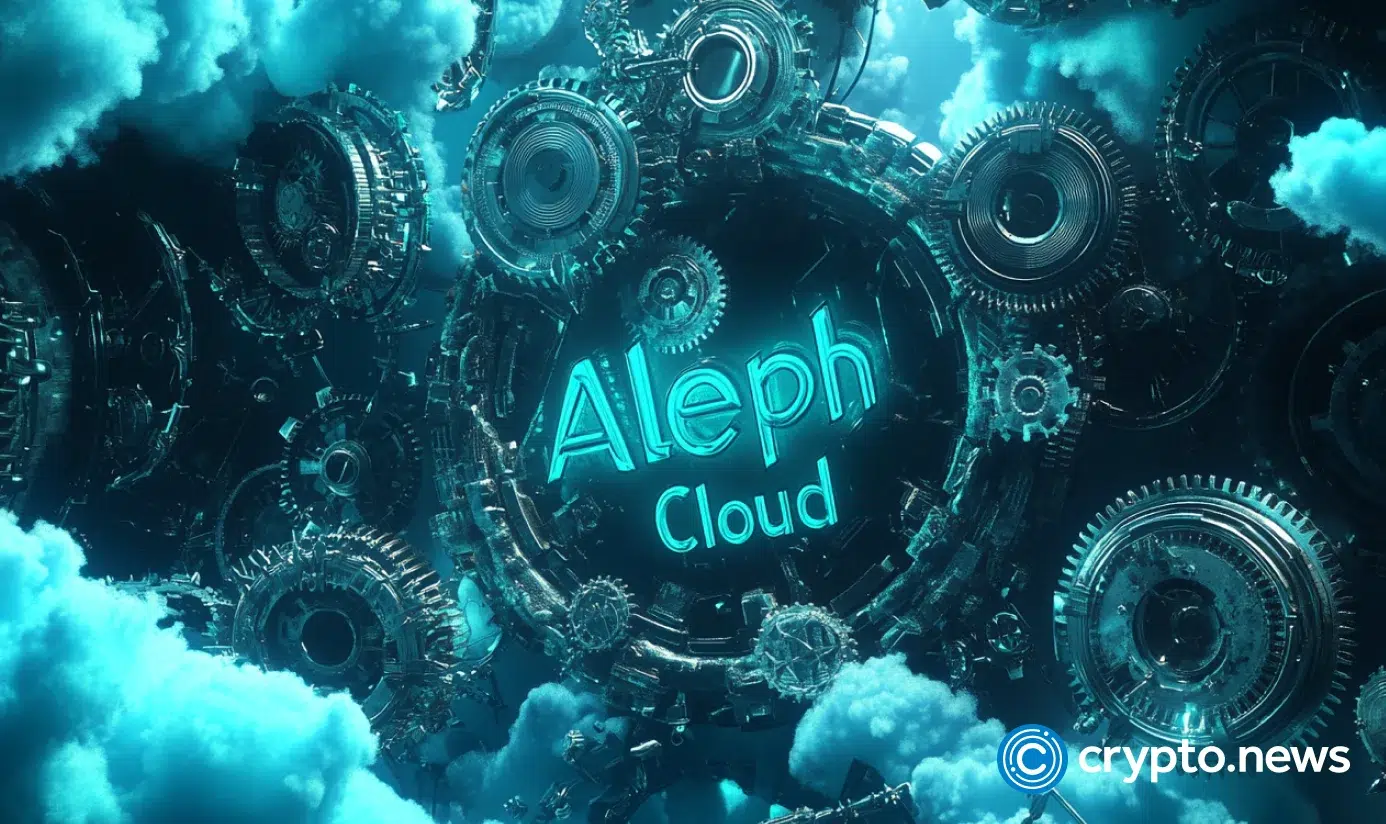Understanding the Challenges of Decentralized Physical Infrastructure Networks

DePIN, or decentralized physical infrastructure networks, offers a solution to centralization’s limitations by integrating community-driven blockchain technology into a distributed, incentivized system. This allows individuals to participate in managing physical infrastructure without centralized providers. DePIN’s potential spans across sectors like IoT, cloud computing, and logistics. However, it faces challenges such as scalability, with current blockchain infrastructure struggling to handle DePIN’s transaction volume, especially in real-time IoT applications. Projects like Render, Nosana, HiveMapper, and Helium have turned to the Solana chain for its speed but face issues with Solana’s stability. Interoperability is also limited, often confined to specific ecosystems and adding complexity. Regulatory concerns arise due to DePIN’s anonymous nature, which can attract illicit activities, and a lack of transparency in open-source models raises questions about user data security. Additionally, ‘DePIN theaters’ are projects that falsely present as decentralized, undermining true DePIN projects and posing risks to users.
Related News





